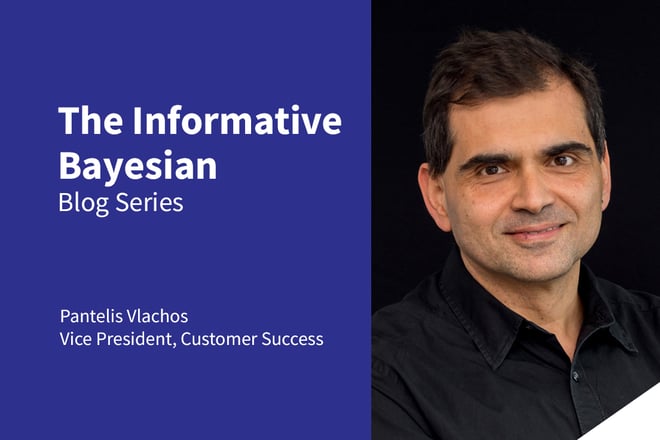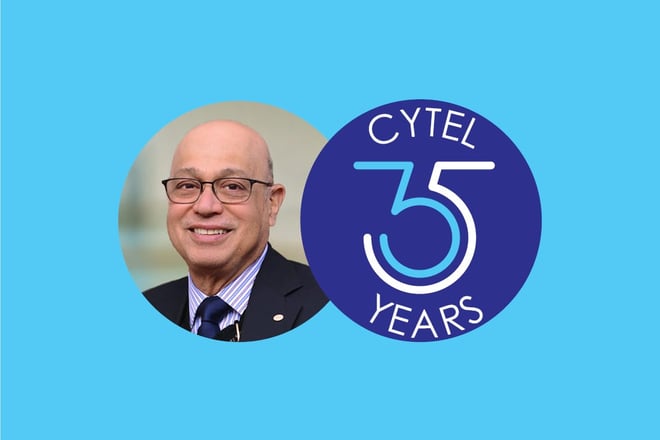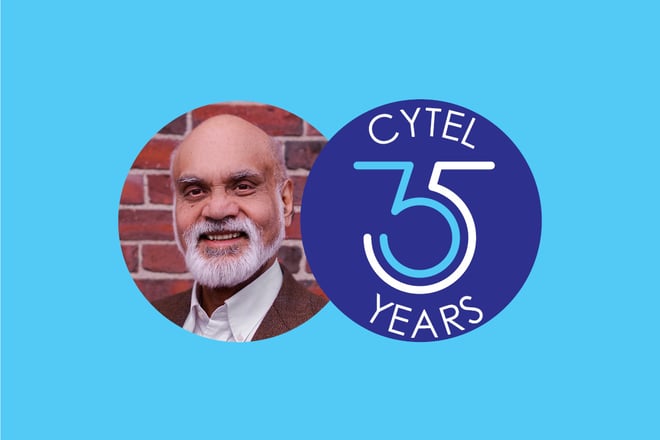Measuring Robustness of Clinical Trial Designs with Pressure Tests

Integrating the “pressure testing” of clinical trial designs into the process of creating a strong clinical trial strategy is gaining widespread traction. A recent interview with Cytel’s Chief Medical Officer Dr. Albert Kim demonstrated the benefits of this approach, while Chief Scientific Officer Dr. Yannis Jemiai has talked about how such a process requires more voices at the table, even for the complex methodological conversations.
What is pressure testing a clinical trial design?
The practice of pressure testing is used in a multitude of industries to test performance limits and identify potential points of failure. Specific to clinical trial designs, a pressure test can be used to measure how a clinical trial design will perform under various environmental scenarios. It considers both the situation in which a sponsor aims to implement the clinical trial as well as scenarios that could arise along the way. The strength of a clinical trial design for overall strategy is often thought of in terms of its “robustness” after pressure testing.
In therapeutic development, pressure testing statistical designs might begin with familiar considerations like which endpoints to choose for maximum likelihood of success, or which designs mitigate risk – questions familiar to many sponsors. Using the right tools, it can go beyond these familiar questions to ask which designs will be best suited to handle unplanned challenges. For example, which designs are well-placed to handle challenges like a delayed treatment effect? Or if there is a subpopulation that seems to be performing less well than expected, or a new investor needs more convincing about the quality of an asset, which design can be most responsive to all of these possible scenarios?
Resource limitations on pressure testing
A robust clinical trial design is one that has been pressure tested across several what-if scenarios. When developing clinical strategy, achieving a robust design is complicated by the long journey of therapeutics development, and the number of stakeholders involved in the process of getting new medicines to patients.
Historically, companies have struggled to pressure test for two reasons.
The first involves the absence of enterprise-level technology platforms that can provide an integrated view of trial performance metrics. Instead of examining clinical operations, statistical risk, feasibility, and calculations of ROI independently, there is the further question of how to weight and prioritize these various objectives. A robust design would need to account for risks that arise throughout several functionalities, mitigating such risks in ways that do not have effects on other stakeholders. This requires sponsor teams to be able to examine shared objectives together through the lens of a collectively created lens, which in turn generates opportunities for digital transformation of their clinical trial design practices. The second concern involves the time it takes to design and evaluate potential clinical studies. Until two years ago, it was impossible to create the millions of designs in hours that the Solara® platform can design, and to date it is the only platform available for the rapid generation of designs and for pressure testing designs across a full spectrum of scenarios.
Evaluating strategies: How to get more voices at the table
Now that sponsors have millions of options, it is important to ensure that they have a way to efficiently evaluate all of them, and pressure test against various scenarios that could arise. On a single platform, there would need to be a way for clinicians to know if there will be a delayed treatment effect, statisticians to evaluate measurements of efficacy and clinical operations to determine site-specific feasibility. According to Dr. Yannis Jemiai, one of the goals in designing enterprise-level platforms is to ensure that there are more voices at the table, even for complex methodological conversations.
A key feature of this process change is using communication tools that describe statistical complexity in ways that are intuitive to non-statisticians: visual and graphical tools that make the exploration of design options simple, and the consequences under different scenarios easy to measure. There are several data visualization options that can help ensure that more people can be a part of these conversations:
- Comparisons of designs: At a high level, it is essential to be able to compare designs one to one for variations in trial characteristics like length and cost. A radar plot enables this across many performance characteristics, as do visually identifying features of pareto-optimized designs across a number of designs in a scatter plot.
- Understanding of the trial journey: A missing component of many strategy meetings is a single visual explaining how one request can have ramifications on other stakeholders. In Solara, we provide a heat-map to measure robustness by color and to identify similar designs that might be more or less robust. These nearby designs on the map can then be individually assessed. A timeline visualization is also an important tool for eliciting multi-stakeholder engagement. Such a visualization can enable individuals to see how their ideas can affect collective timelines.
- Priority setting: We know that each individual member of a clinical team has a variety of priorities, but what does collective priority-setting look like? A data visualization tool for setting collective priorities can often help with such conversations.
While some organizations have processes that already utilize some of the above, others might be curious about what such a conversation is like – how it is structured as well as what sorts of discussions it enables. Earlier this year, Dr. Jemiai and Dr. Kim gave a webinar in which they modeled this new approach to pressure testing clinical trial designs. Click on the link below to learn more.
Read more from Perspectives on Enquiry & Evidence:
Sorry no results please clear the filters and try again

Bayesian Methods for Historical Borrowing: Conjugate Priors

Cyrus Mehta on the Founding of Cytel



